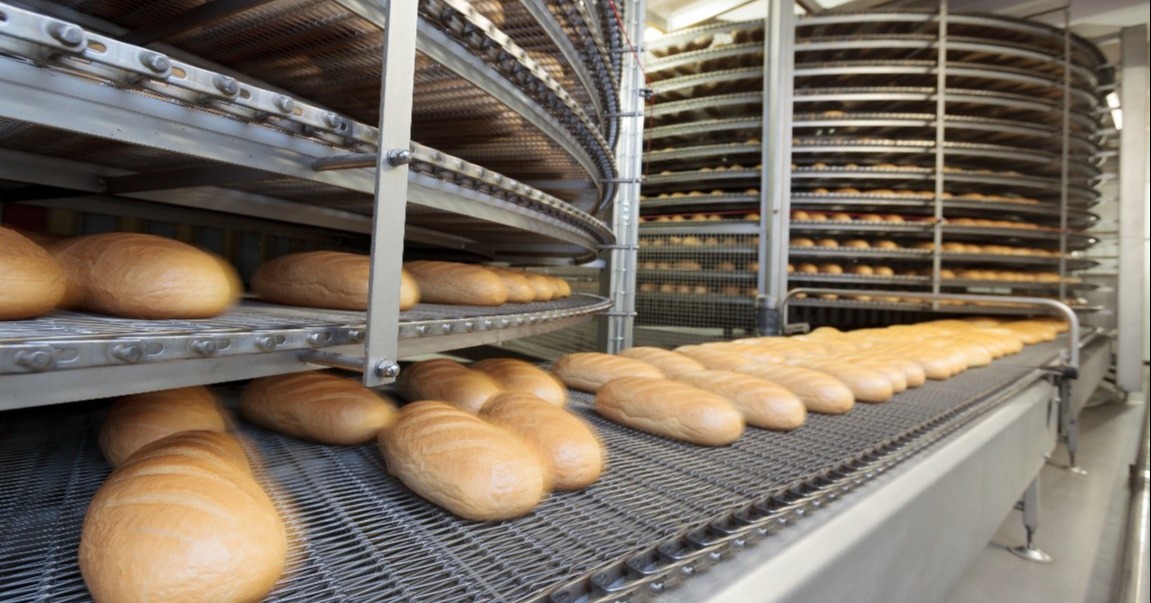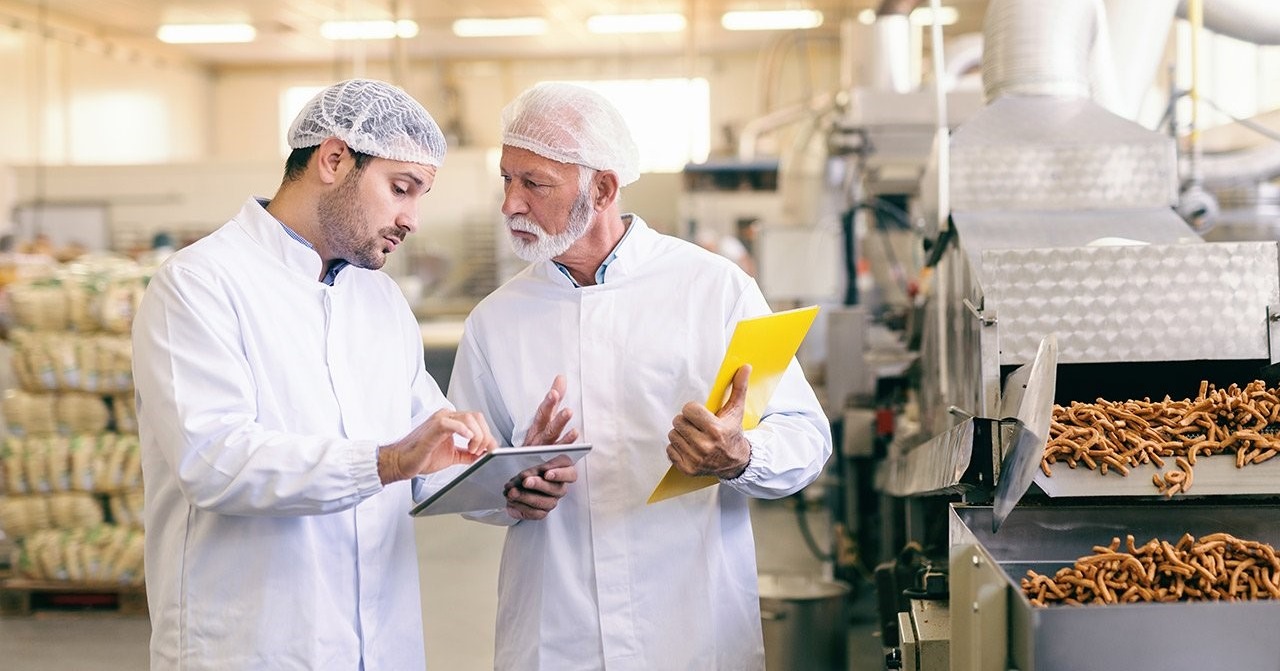The natural switch from manual processing towards automated software had been slowly happening. But due to the number of processes within your food manufacturing operations, from your warehouses (picking, packing etc.) to your offices (data processing), it’s no surprise that 62% of manufacturers are planning to implement robotics and automation in 2023.
However, transforming your operations can be a daunting thought. Here are five tips to help you through the process.
- Understand your current processes
- Identify what you still need
- Get your team's buy-in
- Don't take shortcuts
- Fix the process, not the data
1. Understand your current processes
Start by mapping out your current operations. Do this from the ground up and at a reasonable level of detail. Across your production lines, you should be monitoring the finer details such as your machinery performance and staff levels, allowing you to identify where you can simplify processes.

Keep in mind that few food businesses do this regularly, and the difference between what happens and what you think happens can be surprising! Be sure to maintain focus on what really happens, using your teams who carry out the tasks to inform the activity.
2. Identify what you still need
This step comes naturally after the first one. Once you know and understand your current processes, what information you have and how it’s captured, you can start to sift through what you need and don’t need from the transformation project.

For every piece of information that adds value towards your food manufacturing operations, it needs to be captured somewhere. So, identify where each of those pieces can be captured and decide how you can get that kind of capture as close to real-time as possible.
After all, you don’t want somebody punching that in a system three offices away, two days later. To prevent this, you’ll need complete visibility over your food supply chain. Here are a few ways you can achieve this:
- Ensure your data is accessible – by streamlining your data into one, easily accessible location, your office-based teams won’t have to go back and forth to gather the insights they need
- Ensure your data is accurate – as we’ve mentioned above, real-time data is vital to your project’s success. After all, it’s no use having information about your production levels if it’s already out of date
- Focus on the right information – due to the quantity of information you’ll likely have, remove any confusion by only focusing on your value-added tasks
Find out more about how you can increase supply chain visibility by clicking here.
3. Get your team’s buy-in
Whenever you’re executing any kind of business change, your people need to be on your side for the project to be a seamless, productive success. When it’s a manual process that’s going to a digital one, it’s always better to get your team’s support because, at the end of the day it can mean less arduous work for them.
But it does need to be communicated properly. Here are a few things to consider:
- Ensure your employees understand that they’re not going to be replaced - instead, explain the benefits that new processes/solutions will bring. For example, manual-heavy tasks such as cutting and packing will be automated, giving them more time to focus on value-add activities and improvement projects. Not to mention, strategic, business-critical processes

- Use an executive sponsor towards the project – executive sponsors act as a point of escalation for your employees. As the position is internally promoted, the project becomes far more impactful and effective. Listen to our podcast episode about the importance of an executive sponsor by clicking here
- Create a culture of innovation – it’s your everyday users who know exactly what happens across your production lines, and they’ll be the ones carrying out these processes. By keeping your team involved throughout the process and ensuring their opinions are valued, this creates opportunities for new, innovative ideas to be shared
In our case study below, explore how we helped cereal manufacturer Weetabix align its stakeholders and gain buy-in ahead of a new software implementation through our Value First approach.
4. Don’t take shortcuts
If you’re going to make this change and forge a digital future path, you have to ensure that when you choose your go-live date, you go for it. The natural thing for your workforce will be to fall backwards to manual processes, especially under pressure, because it’s what they know and understand.
However, going back to your old routes will only make your project more complex and time-consuming. By training your employees, you can encourage them to persevere and adapt towards these new processes, leading to further efficiencies with your transformation project.

5. Fix the process, not the data
When you’ve got your new systems in place and you’re starting to see this new information from your new digital processes, don’t panic if at first it seems incorrect. If it’s not quite what you envisioned, don’t assume that it’s not telling you the truth.
Rather than changing your data and risk all sorts of problems associated with data inaccuracy for your future self, go back to the process where the data is being captured.
Additionally, understand whether if it’s the data that’s wrong, or if it's because the new data is a reflection of a problem that has been hidden by the old manual processes. It may be the case that your data capture process is wrong and that’s what’s causing those odd figures. If so, rather than changing the data to what you think it should be, re-examine the capture processes in place. Fix the process, not your data.
Here's how we helped a UK food manufacturer modernise its core processes
Jackson’s Bakery, the UK’s leading supplier of sandwich bread, were looking to overhaul its core systems in order to meet the demands of a new deal to supply its own-label bread range. By choosing Columbus as its implementation partner, Jackson’s were able to:
- Modernise core processes from order to invoice, including procurement, EDI automation, advanced forecasting, production planning, material consumption and despatch
- Create a solid technology backbone on which Jackson’s could launch its new business (with additional system enhancements in partnership with Columbus)
- Successfully implement a modern solution that helped Jackson’s secure a multi-year deal, ensuring Jackson’s Bakery will be baking bread for its retail customers for many years to come
Read the case study below.


